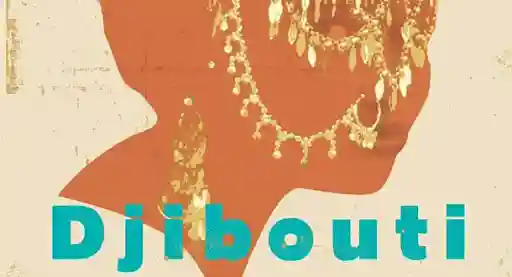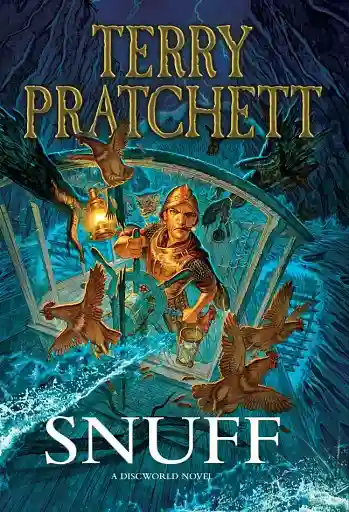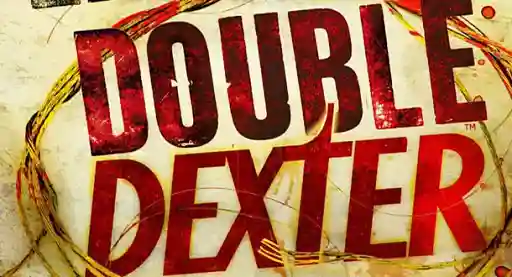Bookshots: Pumping new life into the corpse of the book review
Title:
The Big, Bad Book of Botany: The World's Most Fascinating Flora
Who wrote it?
Michael Largo, author of other list-y books like The Big, Bad Book of Beasts and Final Exits: The Illustrated Encyclopedia of How We Die.
Plot in a Box:
Drawing on the history of herbal catalogs, Largo presents an encyclopedia-style collection of his favorite plants, complete with botanical illustrations, physical descriptions, and cultural histories.
Invent a new title for this book:
Plants for Dummies
Read this if you liked:
Plant stories like Susan Orlean's The Orchid Thief or Michael Pollan's The Botany of Desire.
Meet the book's lead:
Michael Largo, whose narrative voice is reminiscent of that nerdy science teacher who talked way too much about plant sex.
Said lead would be portrayed in a movie by:
Matt Frewer during his hyper years.
Setting: Would you want to live there?
The author describes a world that is dense with toxic and hallucinogenic plants. There are weird fruits and flowers that smell like rotting flesh. Sign me up!
What was your favorite sentence?
On giant hogweed (Heracleum mantegazzianum):
Right off the bat: do not touch this plant!
The Verdict:
My young self would have loved this book without criticism, but my librarian self wanted more fact checking and better illustrations. While it is very cool that members of the Tropical Botanic Artists Collective illustrated the entries, the quality of the artwork is all over the map. Sorry! It's true. It is also true that the mimosa plant does not "die immediately after being touched," and mushrooms (even magic ones) really don't belong in a book about plants.
That being said, if you have never read a botanical treatise or plant history, The Big, Bad Book of Botany is not a bad place to start. Each entry is short and colorful and includes enough history or description of the plant's unique characteristics to make it memorable. A good example is Hydnora africana, which produces a flower that smells like feces and looks like female genitalia. Ugh! Now that's with me forever. Also with me is a plant I had completely forgotten about, and my heart skipped a beat when I arrived at its entry. The individual in question? The skunk cabbage, which my childhood friends and I would seek out and stomp on (to make them stink, of course) in the rural Midwest.
Fascinating flora, indeed.

About the author
Stephanie Bonjack is an academic librarian and musician who lives and works on the Colorado Front Range. She teaches the relentless pursuit of information, and illuminates the path to discovery. She has presented at national and international library conferences, and is especially interested in how libraries evolve to serve the needs of 21st century patrons.







